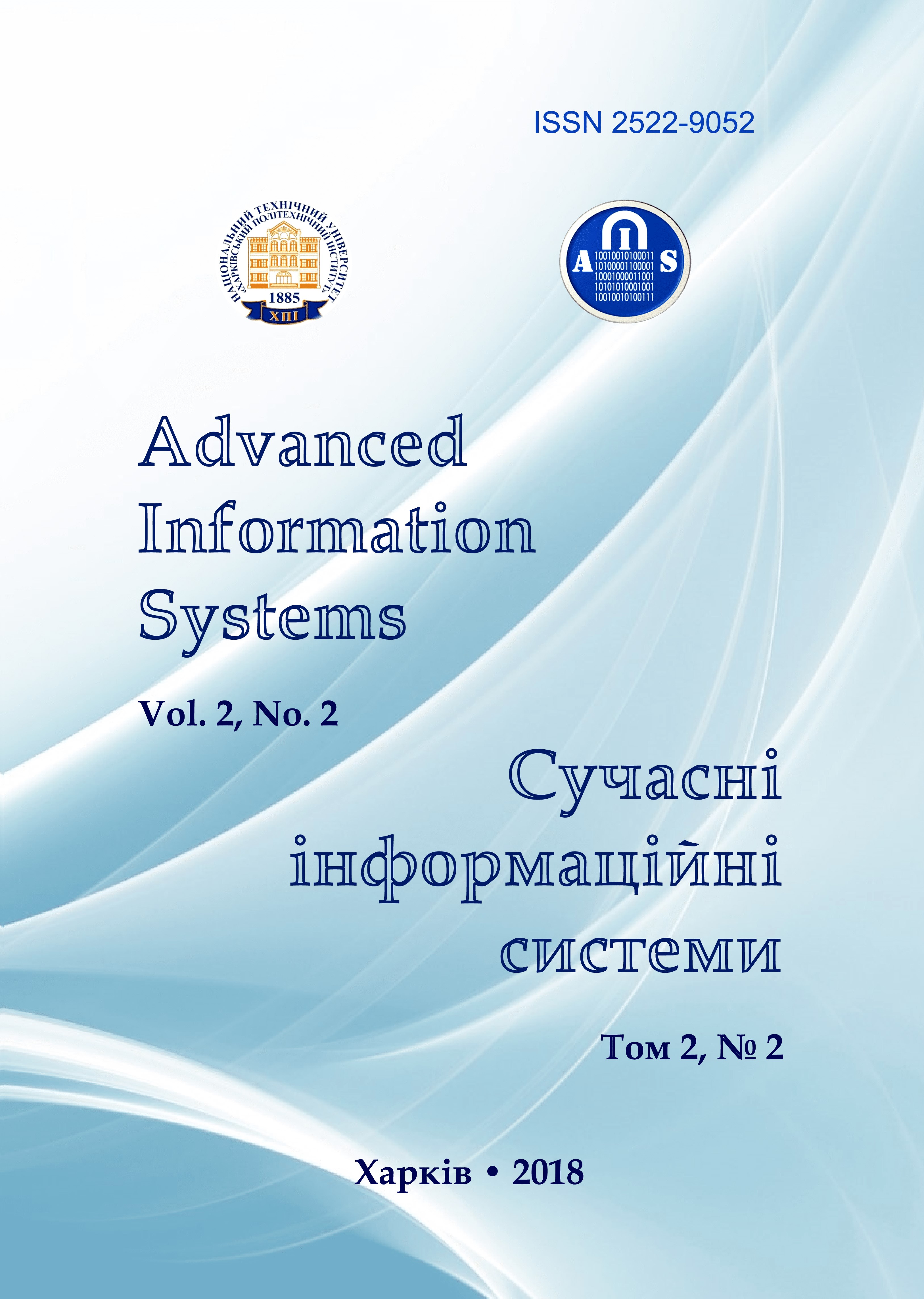The solution of the classification problem in e-learning based on the method parallel construction of decision trees
Main Article Content
Abstract
Article Details
References
Sergeev, A., Zhigalov, I., and Balandina, V. (2012), Introduction to e-learning, VlSU, Vladimir, 182 p.
Shmatkov, S.I., Kuchuk, N.G. and Donets, V.V. (2018), “The model of information structure of the hyperconvergent system of support of electronic computing resources of university e-learning”, Control, navigation and communication systems, PNTU, Poltava, No. 2 (48), pp. 97-100.
Kuchuk, G., Kharchenko, V., Kovalenko, A. and Ruchkov, E. (2016), “Approaches to selection of combinatorial algorithm for optimization in network traffic control of safety-critical systems”, East-West Design & Test Symposium (EWDTS), pp. 1-6, available at: https://doi.org/10.1109/EWDTS.2016.7807655.
Voevodin, V.V. (2002), Parallel computing, BHV-Petersburg, St. Petersburg, 608 p.
Breiman, L., Friedman, J.H., Olshen, R.A. and Stone, C.T. (1984), Classification and Regression Trees, Wadsworth, Belmont, California.
Gehrke, Johannes, Ganti, Venkatesh, Ramakrishnan, Raghu and Loh, Wei-Yin (1999), BOAT – optimistic decision tree con-struction, ACM SIGMOD International Conference on Management of Data, June 1999, pp. 169-180.
Polyakov, G.A., Shmatkov, S.I., Tolstoluzhskaya, E.G. and Tolstoluzhsky D.A. (2012), Synthesis and Analysis of Parallel Processes in Adaptive Time-Parameterized Computer Systems, KhNU, Kharkiv, pp. 434-575.
